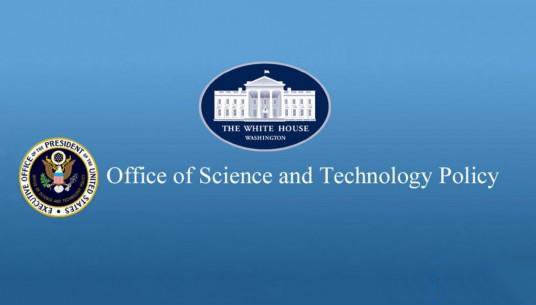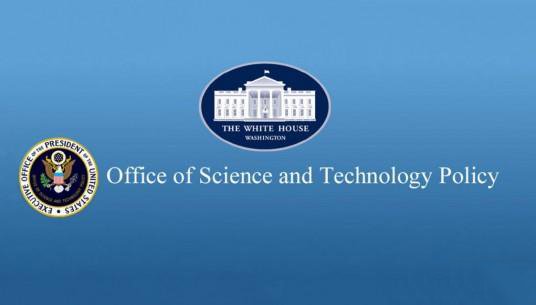Education is one of the most obvious applications of VR technology; its immersive experience and feeling of being involved in it are very likely to enable us to educate generation after generation of students in new ways. However, from the empty concept of "VR will be of great significance to education" to actually providing VR education for tens of millions of students, it is indeed a vast project. The White House saw the potential and opportunities of VR technology in education, and encouraged those with lofty ideals to turn the opportunities into reality.

At VRDC 2016 this week, Erik Martin, policy advisor to the White House Science and Technology Policy Division, stepped up to explain the challenges of using VR technology to achieve education. At the same time, six kinds of ways of receiving financial assistance are recommended for those who are interested in this.

Educational Science Research Institute - Small Business Creative Research
Purpose: To provide up to 1.05 million U.S. dollars for the financing of commercial education technology product R&D projects for small business companies and partners.
Contact information: Dr. Edward Metz
SBIR Project Manager
Institute of Educational Science
US Department of Education
Institute of Educational Sciences - Grants
Purpose: To support the school-based and academic research projects for students. In particular, it is dedicated to solving the problem of education acceptance due to lack of educational resources or issues such as poverty, ethnicity, poor language proficiency, disability, and poor home environment.
Contact: Dr. Edward Mertz
SBIR Project Manager
Institute of Educational Science
US Department of Education
National Institutes of Health - Providing rigorous STEM games for people with academic qualifications or who have not received formal scientific education
Objective: To develop rigorous science, technology, engineering, and mathematics (STEM) games with a focus on biology and to answer doubts on medical and health issues for the following: 1. Preschool to high school students , Former or current teacher. 2. Informal scientific education audience.
Contact: Tony Beck
OSE/SEPA/NIH
National Science Foundation - Research and Discovery of Pre-university Students
Objective: To significantly improve the science, technology, engineering, and mathematics (STEM) aspects of preschool to high school students and teachers by developing innovative ideas and methods for STEM education.
Learn and teach skills. Contact information:
National Art Foundation - Media Art
Purpose: To support innovative projects related to media arts in terms of development, production, and distribution. Media art is defined by the National Arts Foundation as including films, televisions, radio broadcasts, audiovisual products, and other related physical books, books, and biographies.
Contact: Lakita Edwards
National Art Foundation
US Department of Education - EdSim Challenge
Purpose: The U.S. Department of Education publicly convenes innovative ideas for immersive experiences in academic, technology, and professional technologies. Successful works will have the opportunity to cooperate with commercial games, integrate education into the game, and enable students to adapt to the 21st century employment methods. Finalists will compete for the final $480,000 award.
Martin explained in his speech that all games can be great educational tools, but now most games are just teaching you how to play games.
"Every game is an educational game. The difference is that it teaches you something. They allow you to be fully involved, to move forward in a challenging environment, and discover something." This, he said, is also a game that puts players in love with the game. s reason.
The White House has also vigorously promoted STEM education through games. VR games have become more and more important as an effective education tool, and they hope to encourage developers to start making more content besides teaching gameplay. game.
Martin also named the Ed Tech Developer's Guide by the Education Science Division, which provides detailed guidance for realizing the technical development of educational programs. At the same time, he emphasized the urgent need to create educational methods that are now practical, rather than waiting a few years for the education system to become that way.
Copper Flex Membrane Switches,Anti Light Leakage Membrane Switch,Fpc Light Membrane Switch,Rim Embossed Membrane Switch
Dongguan Nanhuang Industry Co., Ltd , https://www.soushine-nanhuang.com